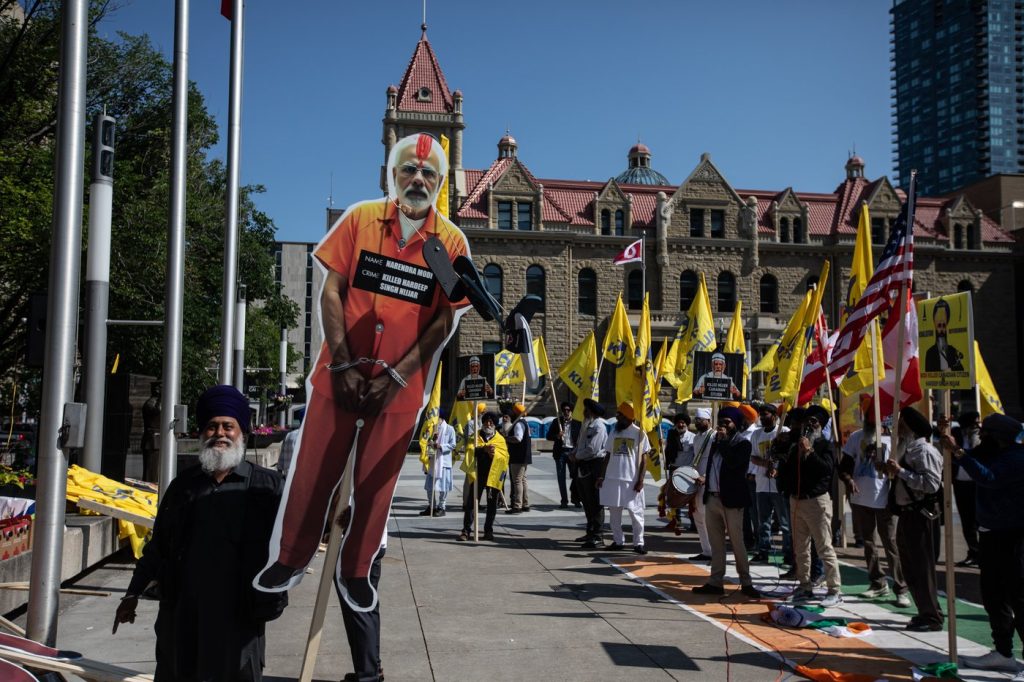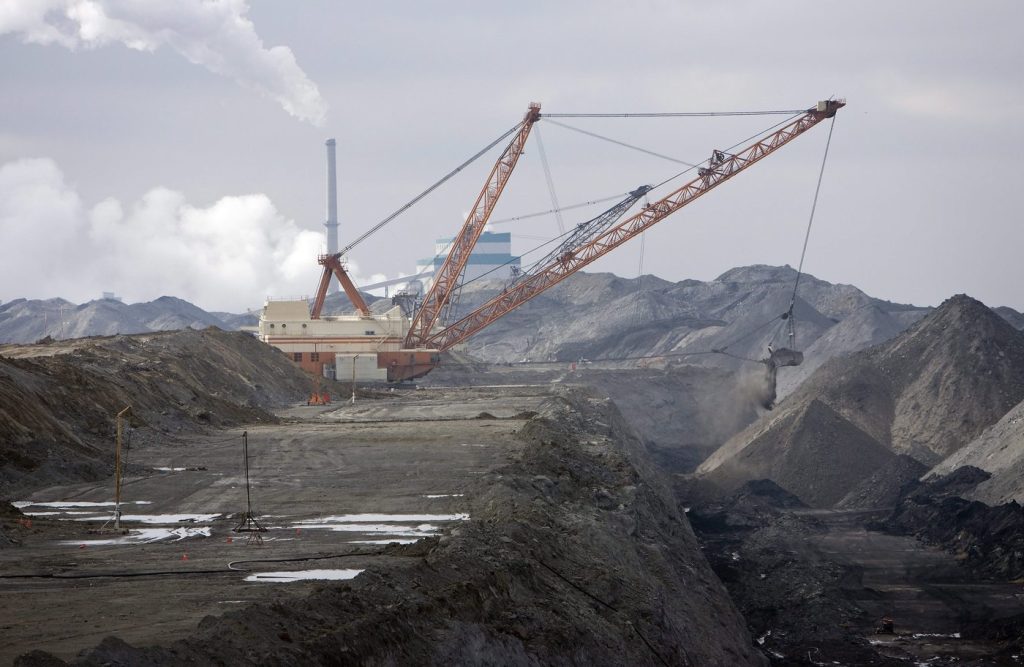CALGARY Law enforcement officials overseeing security at the G7 leaders’ summit reported Wednesday that there were no arrests made during the three-day event, with the exception of a rogue pilot whose actions necessitated the interception by CF-18 Hornet fighter jets. The summit, which took place from June 16 to 18, 2025, gathered leaders from Canada, the United States, France, Germany, Japan, the United Kingdom, Italy, and the European Union in Kananaskis Village.
In preparation for the summit, no-fly zones were established over Kananaskis Village and Calgary International Airport. These temporary airspace restrictions were lifted on Wednesday; however, a violation occurred on Sunday, coinciding with the leaders’ arrival. The North American Aerospace Defence Command (NORAD) was alerted to the incursion of a fixed-wing civilian aircraft over the Kananaskis area, prompting the deployment of fighter jets to intercept the plane.
RCMP Chief Supt. David Hall provided details during a news conference, highlighting that efforts were made to contact the pilot of the aircraft before resorting to final warning measures. “As a result of that, the Royal Canadian Air Force and our NORAD partners responded in a manner to enforce and secure that airspace,” he noted. Fortunately, the pilot was safely directed to exit the controlled airspace and landed in Brooks, located 285 kilometers to the east, where RCMP officers were waiting to conduct an investigation.
Despite the incident, Hall confirmed that as of now, no charges had been laid against the pilot, who is not in custody. Hours of planning went into the security measures for the summit, led by the RCMP and the Integrated Safety and Security Group, which engaged with various partners to prepare for any potential threats. Additionally, designated demonstration zones were created in Calgary and Banff for those intending to protest during the summit.
The expected protests turned out to be relatively small. Of the three designated protest zones in Calgary, two saw minimal activity, with protests primarily taking place at Calgary City Hall. On Sunday, the summit's busiest day, attendance was limited to a few hundred demonstrators. In the following days, Monday and Tuesday, approximately one hundred Sikhs protested the arrival of India’s Prime Minister, Narendra Modi, in front of the summit venue.
Joe Brar, the G7 event security director from Calgary Police, addressed the nature of protests in recent years, stating, “There are other ways of demonstrating now as well that rather than just showing up in person.” He attributed this shift to advancements in technology that allow individuals across the globe to voice their opinions without physically attending events. This contrasts sharply with the notable protests during the 2002 G8 summit in the same area, which included large marches through downtown Calgary.
While Hall could not disclose the total expenses associated with security for the G7 summit, he assured that the financial figures would eventually be made public. This week's summit, marked by heightened security and a tight-knit atmosphere, underscored the ongoing balancing act between facilitating global conversations and ensuring safety within designated spaces.












